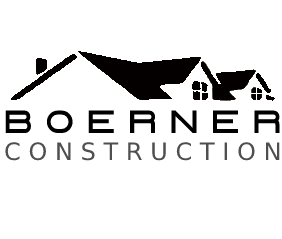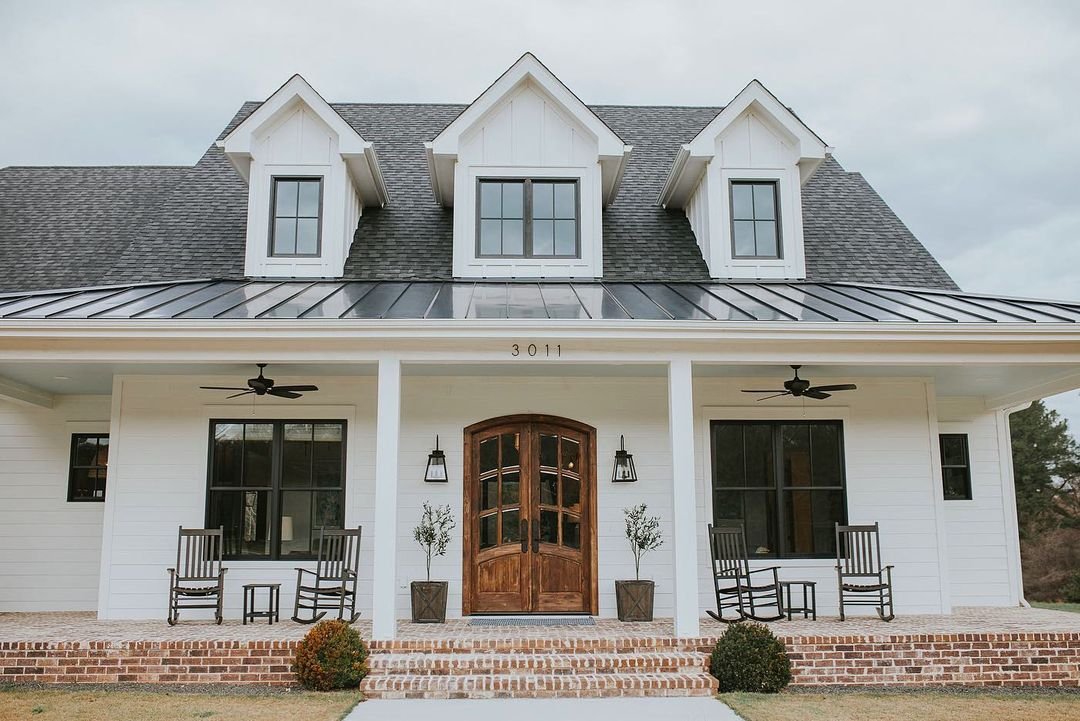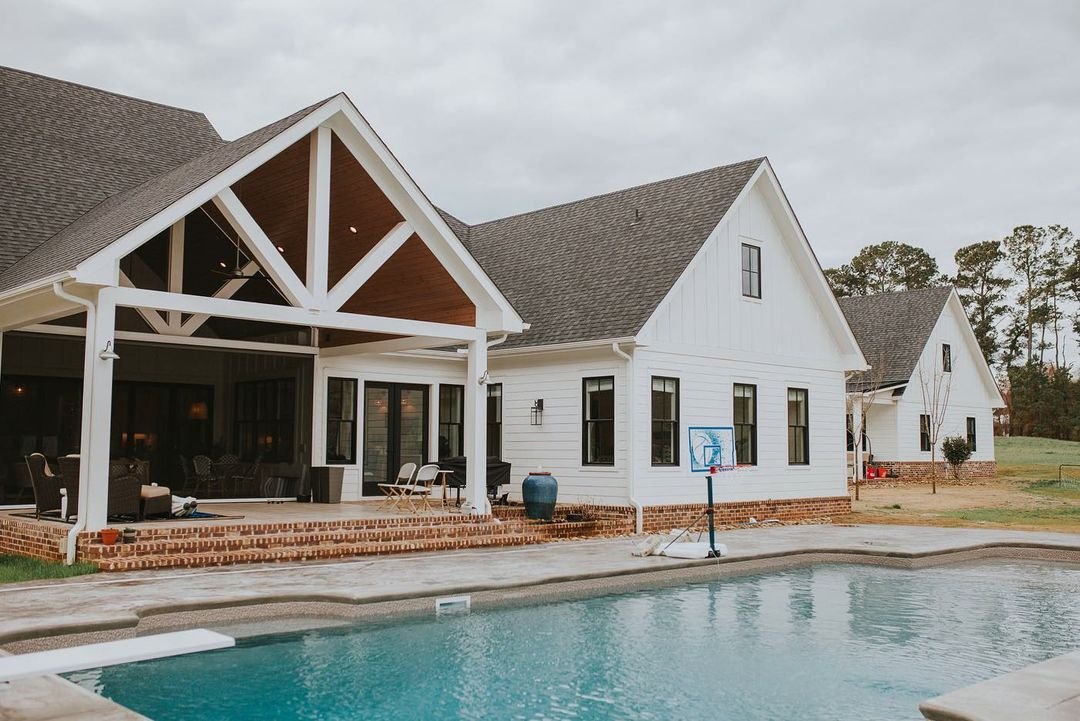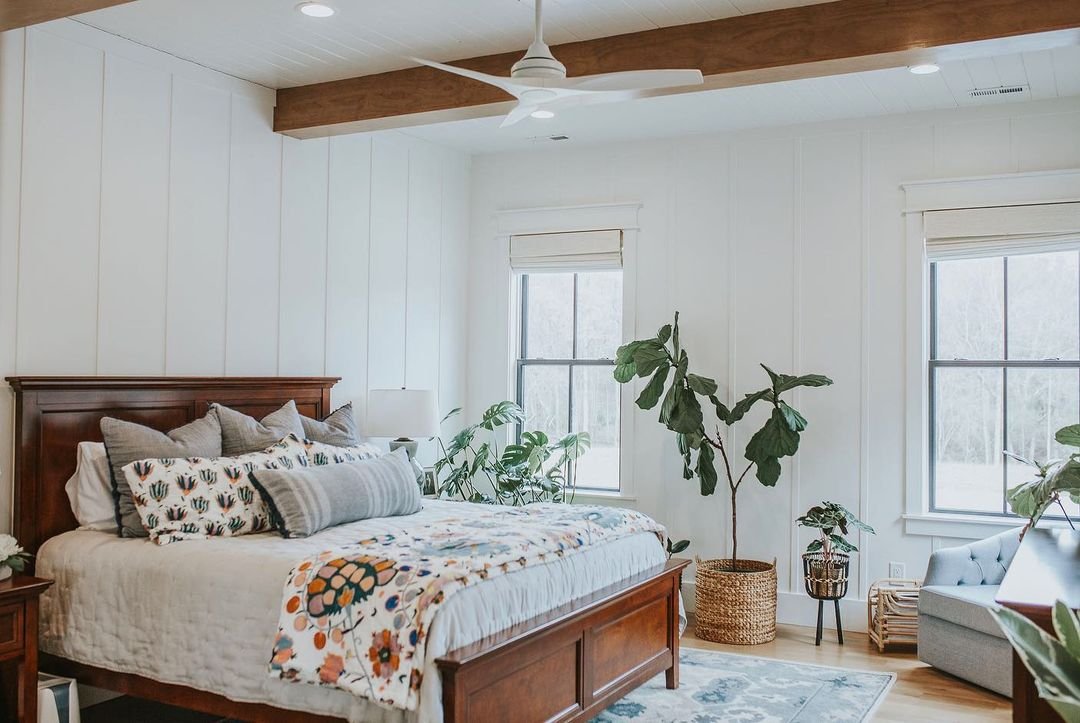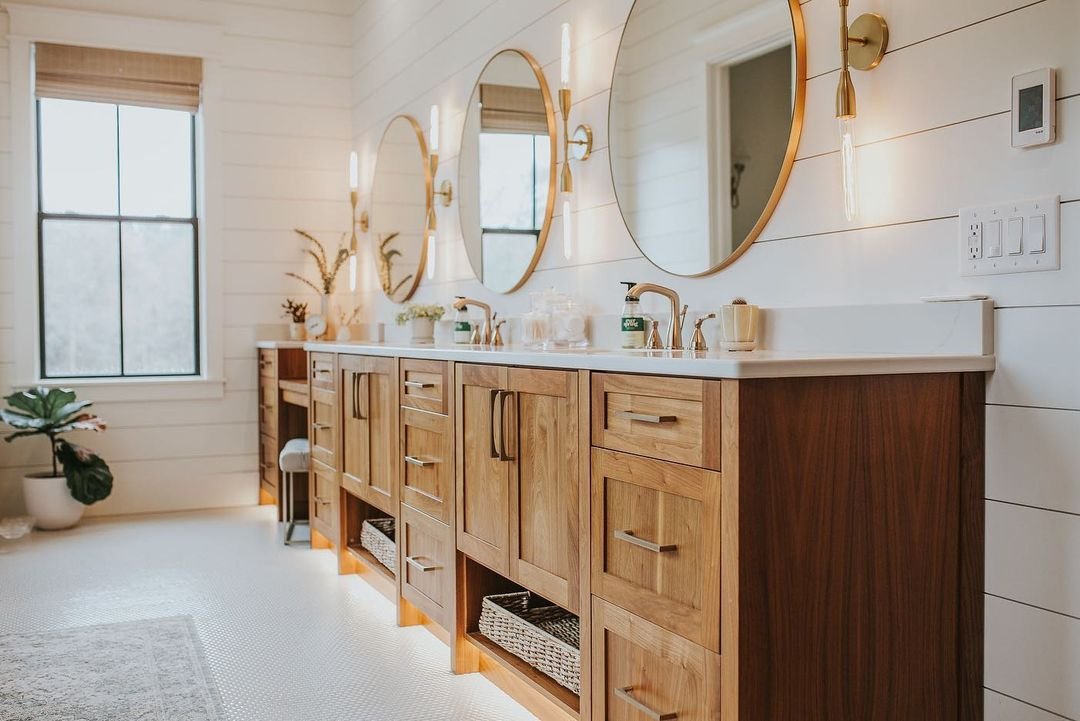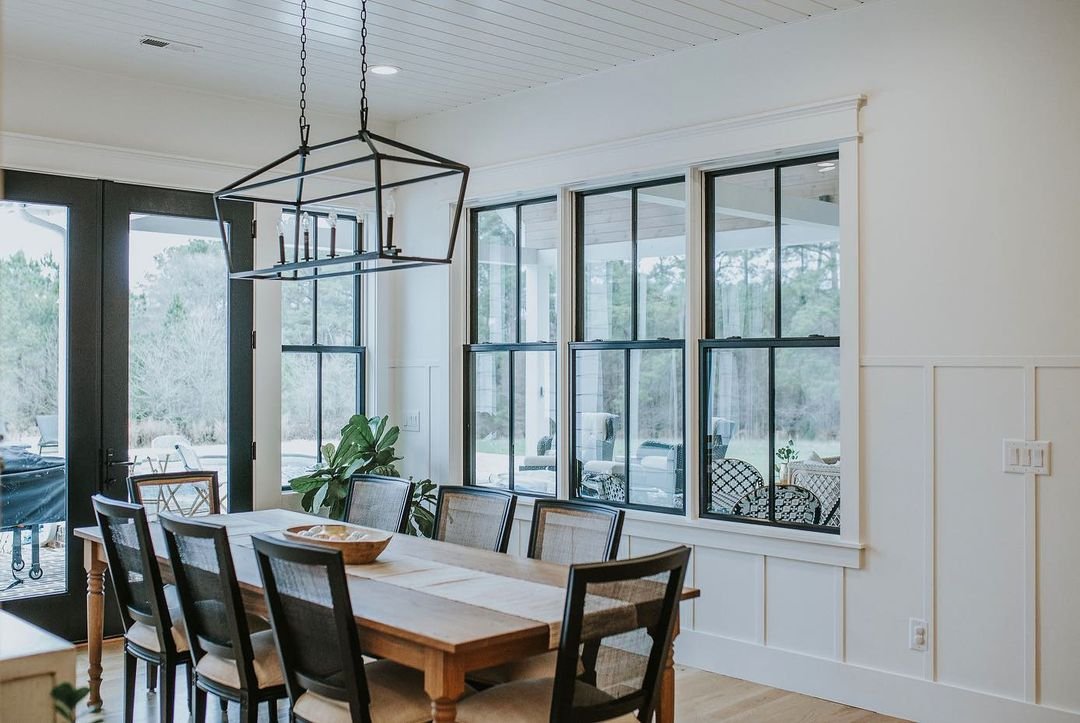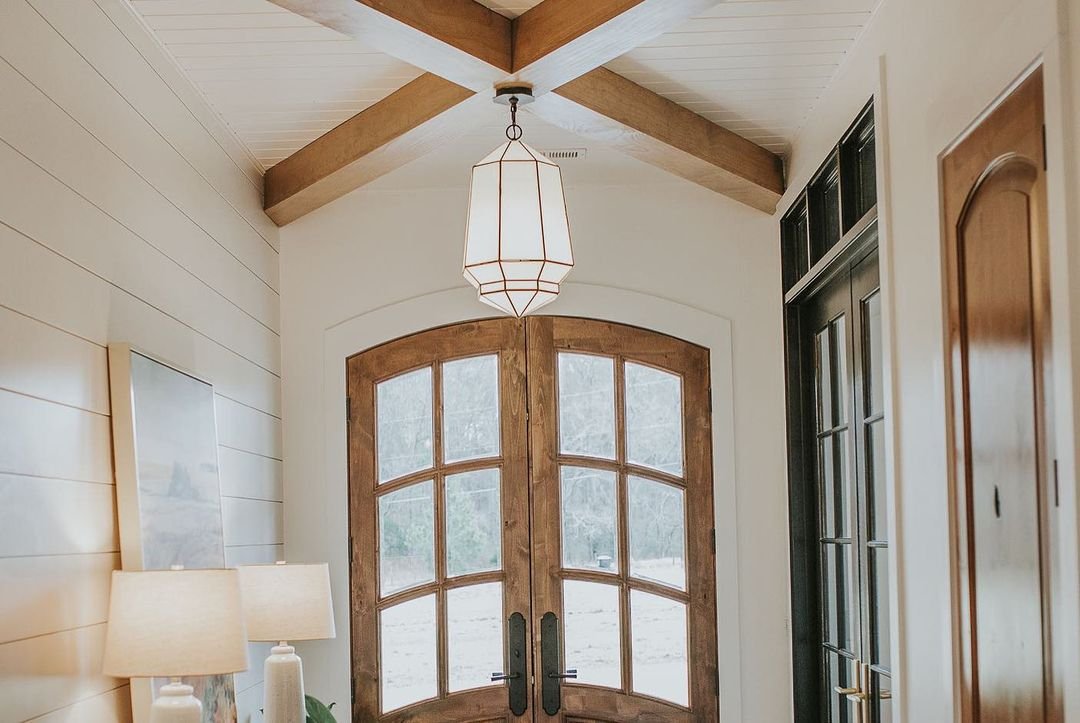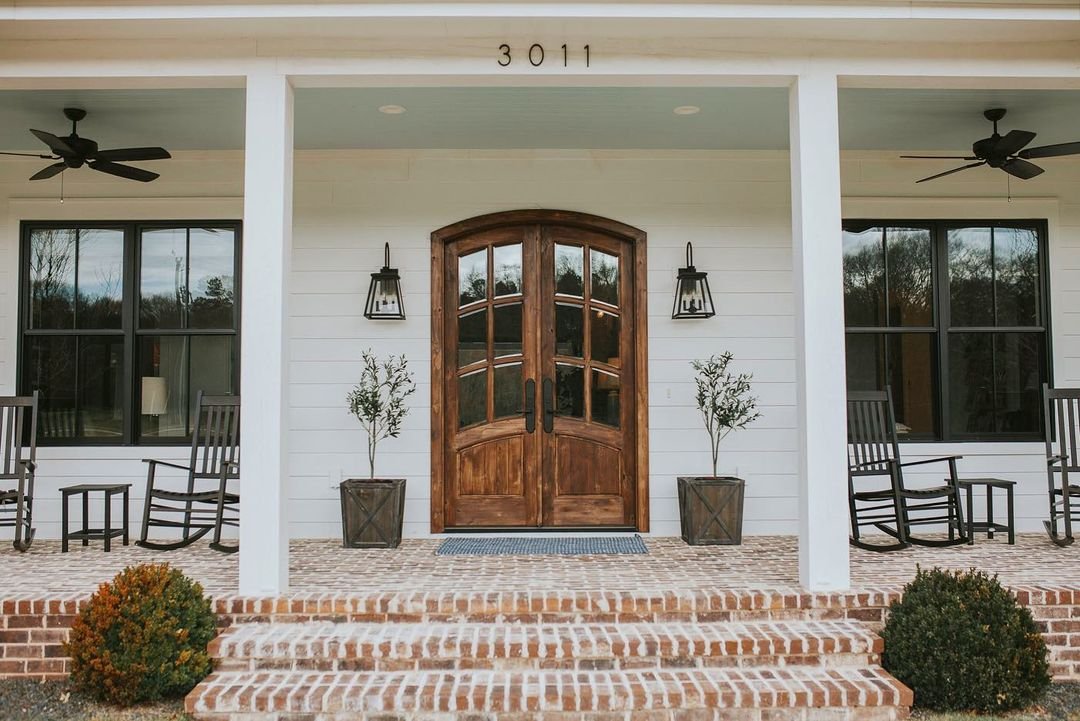7 Steps to Build Your Dream House in 2023
Boerner Construction helps you understand the essential steps to build your dream house in 2023. What features do you want your dream home to have? How many bedrooms? Will you want room for storage? Will you need to expand in the future? How do you want your home to feel? Thinking about the details of how to build your dream house will guide your vision to take flight. By design, a dream house isn’t something you can find listed on the market. That’s where envisioning and building a custom home from the ground up comes in.
Undoubtedly, building your own home from scratch is rewarding, even if the process is immensely challenging and complex. Though taking responsibility for your vision comes with research, planning, and potential project delays, and if you stay the course, your hard work and home construction leads to a dream house you'll enjoy forever. If you've never worked with a home builder before, it is essential to know what can be expected so that things move as smoothly as possible.
The best way to avoid frustration, and endless hours spinning your wheels is to plan ahead. Here are 7 steps to building your dream home, which should help keep things on track.
Step #1 – Budget For Your New Dream House construction
Unless you are one of the lucky few for whom money isn’t an issue, you'll start designing your home after determining your available budget for each aspect will want to come up with a dollar figure. This will mainly highlight how much you can spend on the new home. It is also worth mentioning that this figure should be realistic. Here are a few things to consider:
· The median price for building a home from scratch is $290,000, according to the National Association of Home Builders. However, this number is often misleading because the price of building a custom home is often higher, thus higher averages for a custom built new house.
· Usually, the cost of building a home is between $150 and $250 per square foot. Luxury homes can be more expensive, starting at $250 and going all the way up to $550 per square foot. Plus, there is also the needed to hire an interior designer, higher end ones with. more experience are also going to be more expensive.
· It is important to note that the estimates most likely don’t include the price of buying the lot. The price of the lot will vary depending on where it is located. Plus, you need to factor in the cost of permits, materials, design fees and labor.
· The pricing factors that go into building a custom home are what lead many people to believe it is more expensive than buying a pre-built home. But pre-built homes are mainly built on a standard model, and there may be dozens of homes on the block that look like it.
The cost of building a home will depend on various factors, from the contractors you hire to permits and other expenses. However, an architect or civil engineer may help you with estimating costs.
After receiving qualified advice, you will want to get down to the nitty-gritty of your budget. Make sure to list everything you can think of or want that will go into the new home. While material and labor will make up 75% of what you spend, you also need to factor in fees, the lot, furniture, taxes, landscaping and numerous other costs.
Plus, your budget should have a bit of wiggle room. That way, you can handle going over budget when building your new home. Some times design ideas may come to you at a later stage, like extending the living space, something like that will cost you more money.
Step #2 – Find The Best Lender To Finance Your Dream Home
Now, if you are like most people, you need to borrow money to pay for the land and construction of the new home. You’d want to approach a bank for a construction loan, or one offering real estate lending options like land and building loans.
Construction loans – These are usually meant for the short term and have a high-interest rate associated with them. However, they are intended to pay for the expenses related to building a home. The loans may differ in terms of their interest rate, with high-risk lenders charging a higher interest rate than a regular mortgage. The high-interest rate is because the home does not exist yet and thus can’t be used as collateral. That’s why you’ll want a budget, house plans or house design, and timeline to get approved. You can check out our ultimate guide to construction loans for more.
Land Loans – As the term probably implies, these are mainly used to buy land. This will often be an improved land loan, which, in layman’s terms, the land has access to water, electricity and roads. But because there is no collateral for the property, you will be required to place a larger down payment and have a good credit rating to get approved.
Step #3 – Manage Expectations When Planning For The Home
Building your dream home is not as fun as dreaming about it, and it is something most people find out when it comes time to build it. While making a list of every attribute you want may be fun, reality sits in quickly when you see that list and the prices associated with every feature. That’s why it's fair to say that you might have to make a couple of concessions along the way.
While it is good to have features like hardwood floors, smart home technology and granite countertops, some things will need to be sacrificed for now, and others can be substituted, especially for something that can be upgraded later. Again this boils down to having a realistic budget all things cosnsidered.
While you might get many ideas from Pinterest and online magazines, it can take time to figure out what is the best investment now and what is mainly hype. That’s why you’d want to ask the right people, who can tell you straight up that you don’t need a five-car garage thus a cheaper lot purchase will suffice for your dream home!
How to Find a Custom Home Builder in Your Area
Step #4 – Assemble The Team To Build Your Dream Home
The best way to avoid too much blood, sweat and tears during the course of building your dream house is to assemble the right team. Make sure to confirm that your home builder is licensed. Even though some people may advise that you buy the land first and build later, some will advise you should first have experts in place before deciding on a location.
Unless you are one of the lucky few that might have inherited land, you will have to purchase a plot or lot. But it's wise to find a custom home builder before doing so. While nothing stops you from starting with a lot and then hiring an architect, this will be expensive. When you work with a good builder, there is the opportunity to discuss your dream home with someone who knows their stuff and then find the best lot in consultation with them and your vision.
Here are a couple of tips to help you find the right builder:
· Start with some research, after which you should list all the reputable builders near you. You can then check out real estate ads online or in the local newspaper to find builders.
· When choosing a builder, you will want to find one that has experience building the type of home you want. Usually, what they charge will vary, so your dream should match their style of buildings.
· If you want references, a real estate agent should help.
· You will also want to find an experienced builder. Find out how long they have been in business. Also, if they are licensed and fully insured. You will want to ask all the right questions to avoid common mistakes.
· You will want to meet the builder in person for an informal interview. Then ask about their process and preferences. Also, if the builder works with interior designers and architects, ask how they conduct budgeting and estimation and how they are part of their team. Finally, get a ballpark idea of the ETA for your project.
Consider the fact that how good your dream home turns out will boil down to the capabilities of the builder and their team. Plus, you will want to invest in a good architect capable of providing the needed blueprint to the builder. However, you will want to check with the builder before hiring an architect. Often, builders will have their own architects that draw up initial plans based on your needs. This will relieve you from having to coordinate between the architect and the builder. Plus, you can be sure that the builder will construct something that fits your budget and needs.
Even though you should hire the builder and architect first, you will also need a realtor to buy the lot and sell your former home. Plus, a real estate attorney will be required to close the sale, and finally, a landscape architect to give your yard a fresh look.
Step #5 – Find The Right Lot For Your Dream Home Construction
Once the team is in place, you will need to pick a lot. This can often feel overwhelming, so you’d want to narrow your options. Think about where you want to live and then go from there, searching for the best option within the radius. You will also want to check the property's history, development history and how it compares to other lots. This will help you make a worthy offer.
You will also want to ensure that the builder has a say in the process. Think of it this way, what you may assume is beautiful, the builder may see as a flood risk. That’s why you need a builder on your team to help you choose the right lot, not only in terms of location but also in terms of the correct square footage so that your dream home turns out the way you want.
Step #6 – Choose An Architectural Design
Regardless of if you are working directly with an architect or via the builder, you will want to choose an architectural style of building but a design that you enjoy looking at. This is the exciting part, and you’ll enjoy it because you get to see how the home will finally look before even the first brick is purchased. You’ll also have the option to sit with an interior designer as you discuss unique custom home features that you want integrated into your interior design.
If you are not entirely sure what you like, i.e., traditional, modern, craftsman, or farmhouse, that’s fine. You can scout and research. Maybe drive through a few neighborhoods to get a feel for what is there and what you like. Real Estate websites are another place to seek inspiration.
Step #7 – Get An ETA From Your Custom Home Builder
Regardless of what you might have watched on HGTV, building a custom home is time-consuming, and you need to be patient.
On average, it takes eight months to build a home, as per data from the US Census Bureau. The time includes construction, acquiring permits, and inspections. Plus, there are inevitable delays owing to supply shortages, public holidays, bad weather, and others.
As you may imagine, the more custom your home is, the longer it will take to build, so if time is of the essence, choose a more straightforward floor plan. You will also want to find dependable sub contractors if you intended on managing the construction yourself.
One Last Step!
You may be surprised to learn that even new homes will have their inherent set of issues that will need to be finished or fixed. A good builder will take you on a walk-through before and after you move in. So, having a keen eye for detail means you can note everything wrong that needs to be fixed, from touchups to the paint to adjustments.
Looking for a custom home builder in Upstate SC?
“My custom lake house is gorgeous and way beyond my expectations. Kyle Boerner made the entire process a pleasure (does anybody ever say that during a home building experience?!?). Kyle was very informative on each build process, he is excellent and scheduling his sub contractors so there is always progress, he accommodated my changes without hesitation, and he is very personable. I will use Boerner Construction if I ever build another home!”
